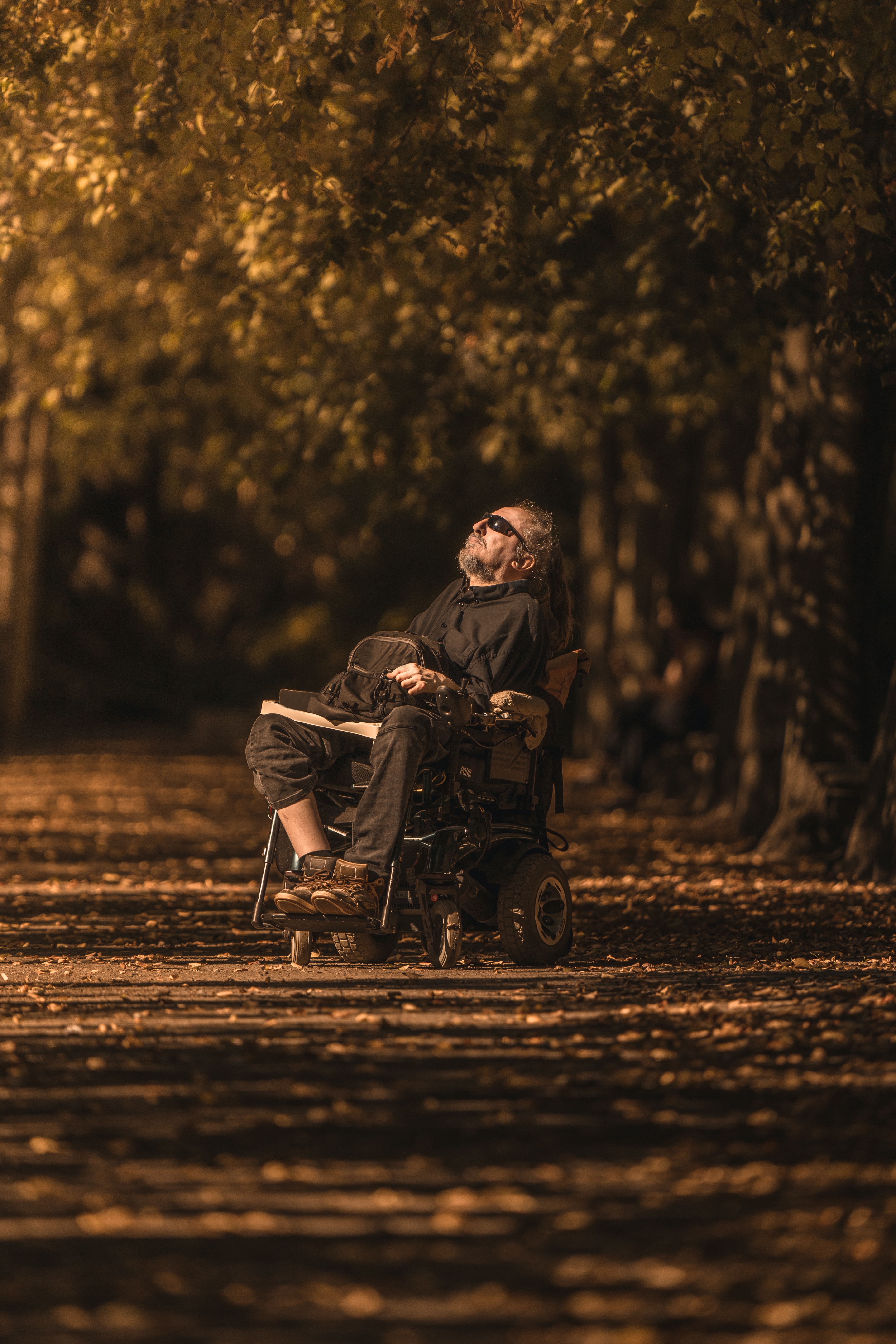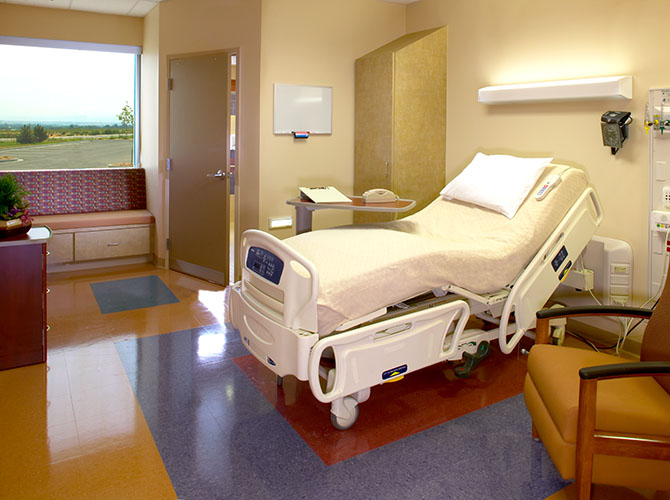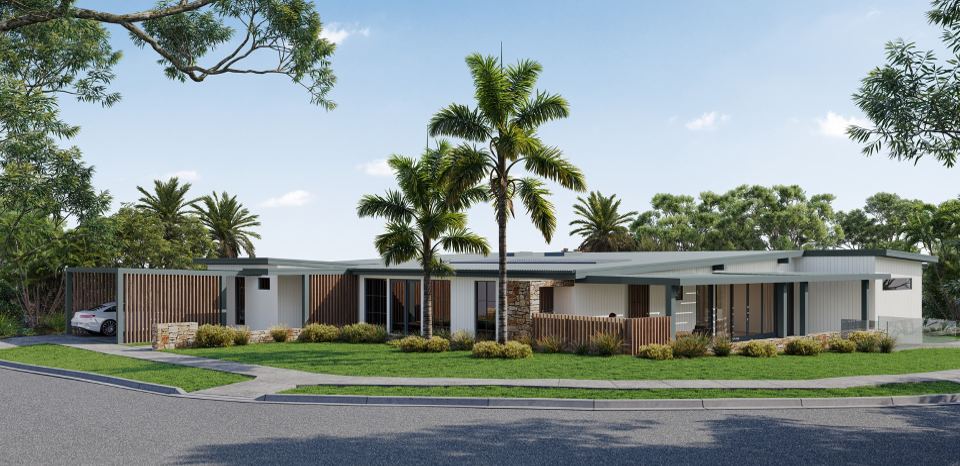Hospital Transtional Accommodation
The journey from hospitalization to accessible housing for individuals with catastrophic injuries is often fraught with challenges. Beyond the medical complexities, there exists a pressing need for suitable living arrangements that cater to the unique requirements of these individuals. As hospitals worldwide grapple with bed shortages, the imperative to transition patients to appropriate housing becomes increasingly urgent.
Catastrophic injuries, such as spinal cord injuries, traumatic brain injuries, or severe orthopedic trauma, often render individuals reliant on specialized care and accessible accommodations. However, prolonged hospital stays due to a lack of suitable housing options not only impede patients' quality of life but also exacerbate the strain on healthcare systems. Each day spent occupying a hospital bed unnecessarily contributes to overcrowding, impedes the admission of new patients, and strains hospital resources, including staff, equipment, and finances.
Several challenges impede the smooth transition of catastrophically injured patients from hospitals to accessible housing:
Limited Availability: Accessible housing options are often scarce, particularly those equipped with necessary amenities such as wheelchair ramps, widened doorways, and accessible bathrooms.
Financial Barriers: The cost of modifying existing housing or constructing new accessible dwellings can be prohibitive, placing a considerable burden on individuals, families, or healthcare systems.
Coordination Issues: Coordinating between healthcare providers, social services, housing agencies, and insurers to facilitate a seamless transition requires considerable time and effort, leading to delays.
Lack of Public Awareness: Many communities lack awareness of the specific needs of catastrophically injured individuals, leading to a dearth of suitable housing options and support services.
Facilitating the timely transition of catastrophically injured patients from hospitals to accessible housing will reduce healthcare costs by freeing up hospital beds and reducing the length of hospital stays, healthcare costs associated with prolonged institutional care can be minimized. Accessible housing transition will enhanced quality of life, promoteing independence, autonomy, and social integration, improving the overall well-being and mental health of individuals with catastrophic injuries. Vacating hospital beds expeditiously allows healthcare facilities to accommodate new patients promptly, reducing wait times and improving access to medical care for all.
The transition of catastrophically injured individuals from hospitals to accessible housing is a critical yet complex process that requires concerted efforts from various stakeholders. By addressing challenges related to availability, affordability, coordination, and public awareness, we can expedite this transition, alleviate strain on hospital resources, and improve the quality of life for those with catastrophic injuries. As we strive for a more inclusive and accessible society, prioritizing the needs of the most vulnerable among us is paramount.



